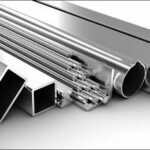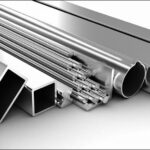After using both kettles for a while, I’ve identified six key differences that explain the price gap:
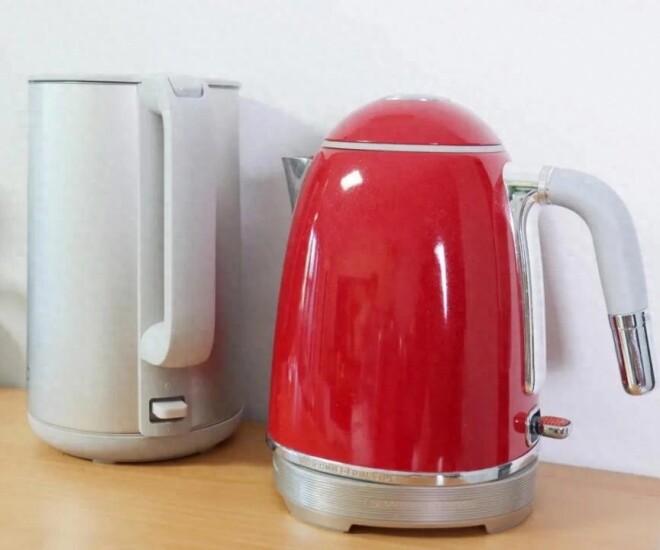
1. Material
Both kettles feature stainless steel interiors, but the grade varies. The budget kettle uses 304 stainless steel, a common, safe, and widely used option in household appliances. The premium kettle, however, employs 316 or even 316L stainless steel—a higher-grade variant typically found in medical or chemical industries.
In my view, the premium kettle’s material choice feels excessive. For a simple task like boiling water, 304 stainless steel is more than sufficient to ensure safety and durability. Opting for 316L is akin to “using a sledgehammer to crack a nut”—its capabilities far exceed everyday needs.
Additionally, the “L” designation indicates low-carbon steel, designed to resist corrosion in high-temperature welding—a scenario irrelevant in a home setting. Thus, paying extra for this material is unnecessary and offers no practical benefit.
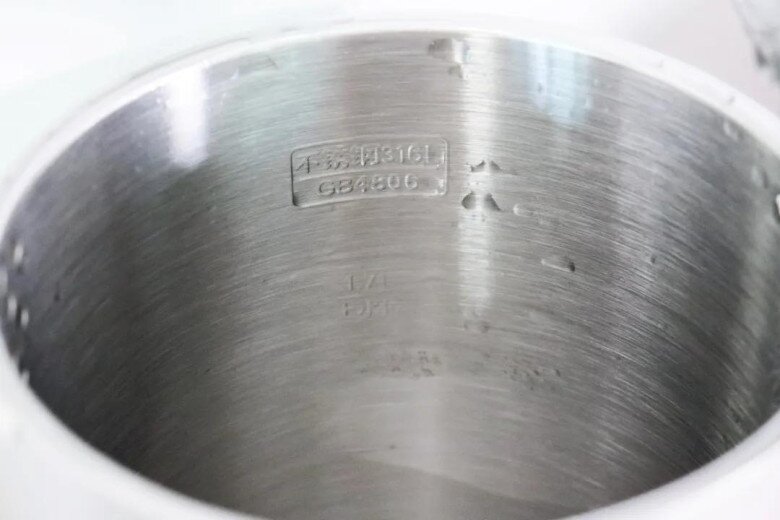
2. Capacity
Budget kettles, priced around $4, typically offer a single capacity option: 1.5 liters. Premium models, however, provide greater flexibility, ranging from 0.5 to 2 liters.
My 1.7-liter kettle holds an extra cup of water compared to the 1.5-liter version—a small but significant convenience in daily use.
This difference stems from manufacturing molds. The 1.5-liter size is the most common, with the lowest production costs. Other sizes require separate molds, increasing expenses and, consequently, the price.
3. Power
A kettle’s power directly impacts boiling speed. The budget kettle, with 1000W, takes about 7 minutes to boil a full pot. The premium kettle, at 1800W, boils in just 3 minutes—despite holding 200ml more water.
This means it’s not only twice as fast but also handles larger volumes in the same time.
Boiling speed isn’t solely about power; it also depends on heat transfer efficiency, heat retention, and heating element design. Premium kettles often optimize these factors, significantly reducing boiling time.
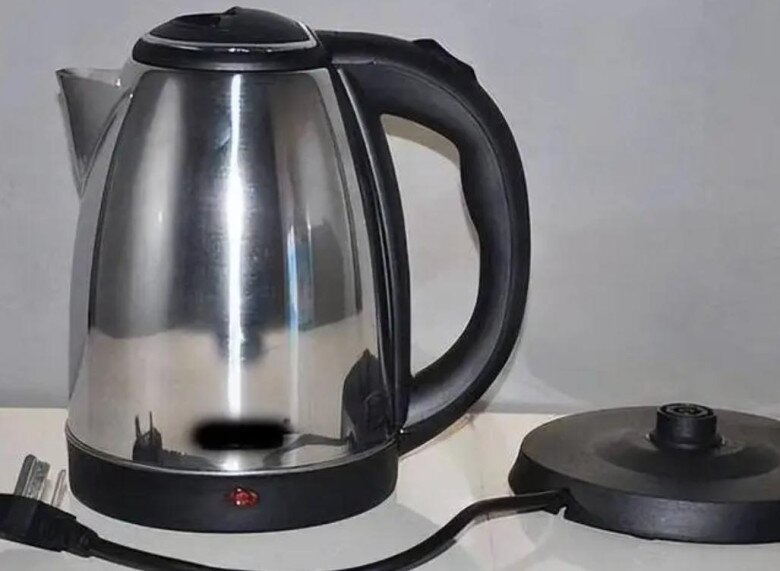
4. Features
Electric kettles can do more than boil water; many include handy features:
– Timer Function: Set it to boil water overnight, so you wake up to hot water ready for use.
– Keep Warm: Maintains water at an ideal temperature, perfect for immediate use without cooling.
– Temperature Display: Monitors the water’s exact temperature, helping you decide whether to reheat or let it cool.
Simply put, a $4 kettle only boils water. A premium kettle, however, doubles as a wellness appliance, offering multiple convenient features—truly a multi-purpose device.
5. Design
High-end kettles often focus on small but impactful design details, such as:
– Dual-Stage Lid: Press once to open a small vent for steam release, preventing burns. Press again to fully open the lid for pouring.
– Double-Walled Body: A gap between the inner and outer layers ensures the exterior remains cool, even when the water is boiling. The outer layer can be plastic or stainless steel, with stainless steel versions typically costing more.
– Safety Switch: Automatically locks when the kettle is lifted from its base, preventing dry boiling and potential hazards.
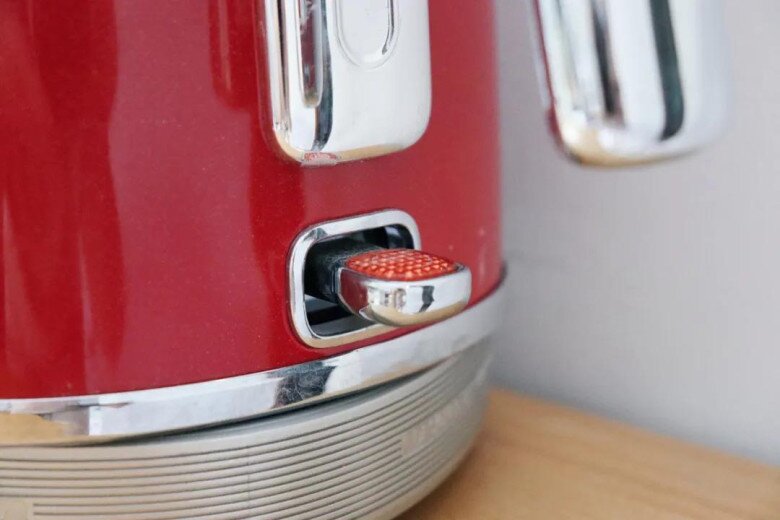
6. Durability
My $4 kettle broke after just one month, despite our family’s heavy usage—boiling 5–6 kettles daily. Even with frequent use, a kettle shouldn’t fail so quickly!
Worse, as it’s an unbranded product with unclear origins, I have no idea where to seek warranty service. Fortunately, the issue is limited to the lid’s spring, allowing temporary use.
The premium kettle, however, remains flawless. It looks as good as new, with no signs of wear or aging. Typically, older kettles start to make loud noises when boiling, indicating deterioration. This premium model, however, operates as quietly as the day I bought it, proving its reliability and quality.
In summary, the $100 kettle offers advantages like sleek design, rapid boiling, and exceptional durability. The $4 kettle, however, falls short with frequent breakdowns, burn risks, and slow boiling.
That said, the premium kettle isn’t without flaws. Features like keep warm and timer functions go unused in my household. The upgraded 316L stainless steel feels like overkill, unnecessary for typical home use.
If you ask my recommendation? Avoid both extremes. Opt for a kettle priced between $12–$17—it strikes the right balance, meeting daily needs without breaking the bank, unnecessary features, or durability concerns.
(*) Information provided is for reference and reflection only!
The Ultimate Guide to Cleaning Stainless Steel Appliances
“Keeping stainless steel appliances and surfaces clean and shiny can be a challenge. Many have experienced the frustration of ending up with streaky or dirtier surfaces after cleaning. This is because not all cleaning agents are created equal, and some can even make stainless steel look worse than before. The secret to maintaining that pristine shine lies in using the right products and techniques.”
What is Stainless Steel? How to Distinguish Common Stainless Steel Types.
Introducing Inox – the versatile material that’s making its way into our everyday lives. With its sleek and modern appeal, Inox has become a familiar sight, crafting everything from essential household items to industrial essentials. Its durability and sleek finish make it the go-to choice for a wide range of applications, ensuring it’s a material that’s here to stay.
What is Stainless Steel? How to Distinguish Common Types of Stainless Steel.
Introducing Inox – the versatile material of choice for a myriad of applications. With its superior qualities, Inox has become a household name, renowned for its durability and sleek aesthetic. Crafted from the finest materials and designed to perfection, Inox delivers an unparalleled experience, ensuring longevity and style in equal measure.

























